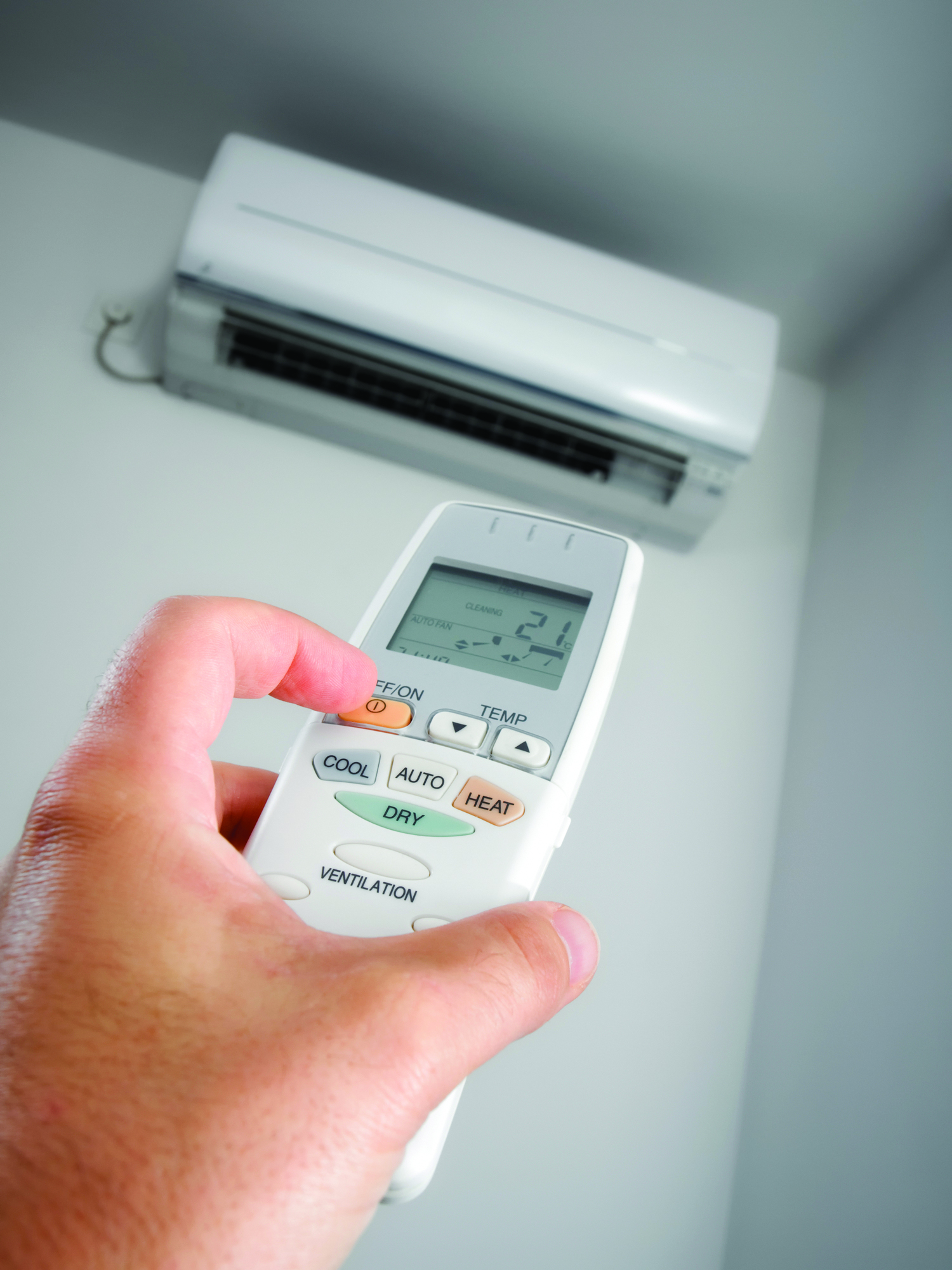Heat pumps & indoor air quality
By Christine G. Crocker
HEAT PUMPS are a wonderful addition to the mix of available energy-efficient systems for your home. Not only can they provide lower-cost heat than other heating sources (fuel oil, natural gas, wood, propane), but they also provide a low-cost source of air conditioning in the summer.
It’s important to know, however, that heat pumps are closed systems and do not provide fresh air ventilation. When using your heat pump, you will feel air coming out of the unit. This air is not ventilating your home: it isn’t bringing in fresh air from outdoors and delivering it indoors. The air you feel is from the fan re-circulating your existing indoor air throughout your space to distribute the heat created by the heat pump.
For this reason, there are steps you may need to take to ensure you have the best of both worlds: a healthful and energy efficient home.
Christine G. Crocker is the Executive Director of the Maine Indoor Air Quality Council. For more information about indoor air quality in your home, visit maineindoorair.org.
STEP ONE: IMPROVE YOUR HOME’S VENTILATION
Prior to installing heat pumps, many homeowners relied on “atmospheric” furnaces or heating systems. These are heating devices that burn something to create heat (fuel oil, natural gas, wood, propane) and they need fresh outdoor air to function properly. Atmospheric furnaces or heating devices rely on the air around them for their fresh air source, drawing it in from outdoors through cracks and small openings in the home, and exhausting smoke and other pollutants out through the chimney or exhaust duct.
When heat pumps take over most of the work to heat your home, you may lose much of the natural infiltration of fresh outdoor air and ventilation in your home that your atmospheric heating unit provided.
To prevent problems from reduced ventilation in your home:
If you don’t already have them, install kitchen and bath exhaust fans that are vented to the outdoors. Use these fans every time you cook or bathe or shower.
Monitor your relative humidity indoors to make sure that the moisture created from cooking, bathing and living doesn’t get above 50%. Too much moisture can lead to mold growth and pest problems.
Inexpensive temperature/humidity gauges are readily available from hardware stores and online.
Use a dehumidifier to reduce the moisture indoors to acceptable levels.
Consider installing a ducted recovery ventilation system to ensure fresh outdoor air gets inside and pollutants that can make you sick are exhausted out.
STEP TWO: USE A SEPARATE AIR CLEANING DEVICE TO FILTER YOUR INDOOR AIR.
Even though your heat pump has a filter, it does not filter your indoor air for the health of you and your family. Your heat pump’s filter is designed to trap bugs, hair, and other larger particles to prevent buildup of gunk and debris on the inner workings of your heat pump unit.
To filter finer particles out of your indoor air, install a stand-alone air cleaning device. Air cleaners with HEPA filtration are better. Avoid products that generate ozone or add chemicals to the air.
STEP THREE: USE A DEHUMIDIFIER AS NEEDED, ESPECIALLY DURING SUMMER MONTHS
Heat pumps can dehumidify your home in the summer months. Depending on the construction of your home and your other mechanical systems, your heat pump may (or may not) be able to keep your relative humidity low enough (below 50%) to reduce mold, moisture and pest problems in your home during the summer. This is true for your heat pump hot water heater, too, if you have one.
Monitor your relative indoor humidity.
If your relative humidity is consistently above 50%, particularly in your basement, use a dehumidifier to reduce humidity to acceptable levels. All these preventive measures will help you manage your indoor environment whether you have a heat pump or not. But combine these strategies with heat pump technology, and you’ll be on the path to a healthier and more energy-efficient home.




